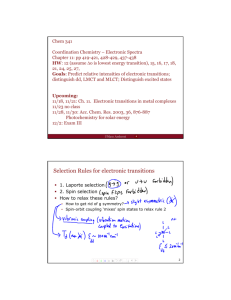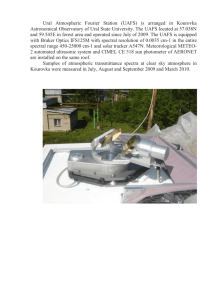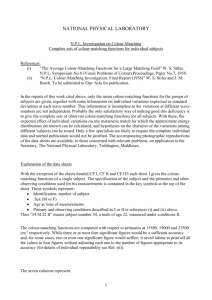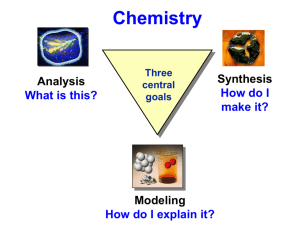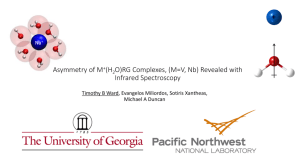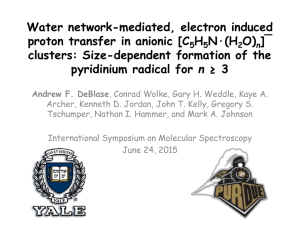Inorganic Chemistry Homework: Coordination Complexes & Ligand Field Theory
advertisement
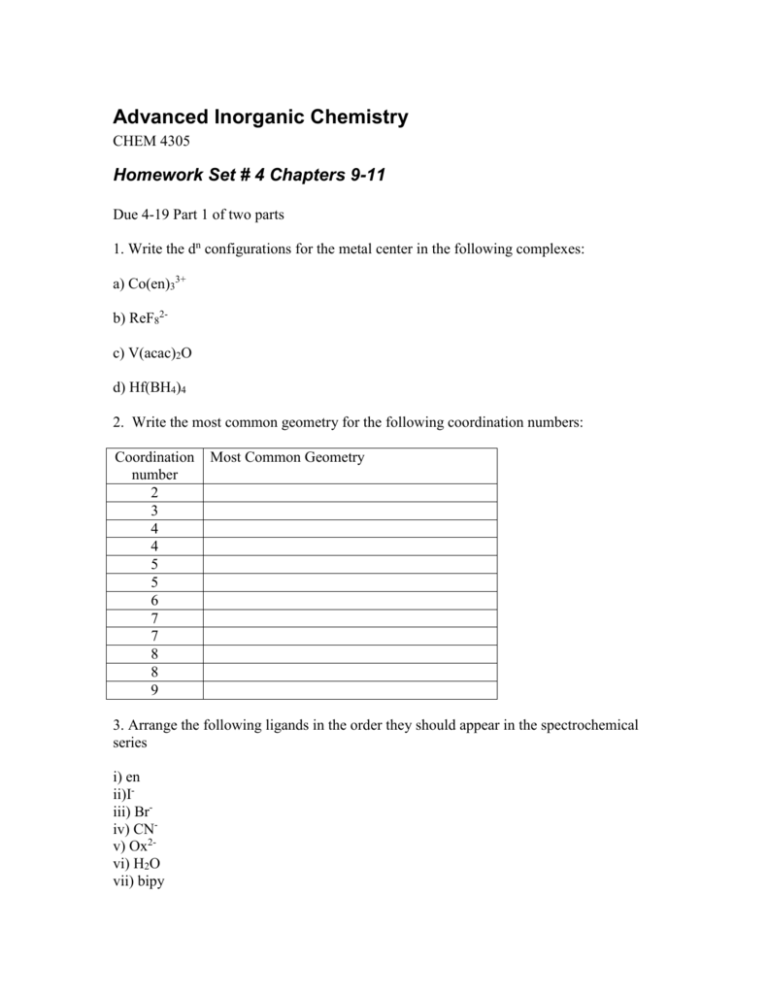
Advanced Inorganic Chemistry CHEM 4305 Homework Set # 4 Chapters 9-11 Due 4-19 Part 1 of two parts 1. Write the dn configurations for the metal center in the following complexes: a) Co(en)33+ b) ReF82c) V(acac)2O d) Hf(BH4)4 2. Write the most common geometry for the following coordination numbers: Coordination number 2 3 4 4 5 5 6 7 7 8 8 9 Most Common Geometry 3. Arrange the following ligands in the order they should appear in the spectrochemical series i) en ii)Iiii) Briv) CNv) Ox2vi) H2O vii) bipy 4. The mean pairing energy for Cr(H2O)62+ is found to be 23,500 cm-1 and the magnitude of Δo is 13,900 cm-1. Calculate the crystal field stabilization energy (CFSE) and the number of unpaired electrons (UPE) in the ground state. Correct answer(√ ) answer CFSE (cm-1) UPE a. b. c. d. e. f. 1260 1260 8340 9600 9600 8340 4 2 2 4 2 4 5. Which of the following form square planar complexes a) copper(II) b) platinum (II) c) cobalt(II) 6. Which of the following compounds do not exhibit Jahn-Teller distortion a) CrF2 b) Cu(H2O)62+ c) Ti(H2O)63+ d) CoF2 e) V(H2O)62+ 7. Problem 9-3 8. Problem 9-12 9. Using the spin selection rules and the Tanabe-Sugano diagram below, estimate the energy of the three spin-allowed ligand field bands for Cr(H2O)63+. Given: B=695 cm-1 Δo= 17,000 cm-1. A B C D E 45,000 20,000 8,000 13,000 17,000 35,000 32,000 14,000 13,052 24,000 25,000 53,000 19,000 13,121 37,000 10. Write the d orbital configurations and use the Tanabe-Sugano diagrams to identify the ground term of a) low spin [Rh(NH3)6]3+ , b) [Ti(OH2)6]3+ and c) high spin [Fe(OH2)6]3+. 11. The spectrum of [Co(NH3)6]3+ has a very weak band in the red and two moderate intensity bands in the visible to near UV. How should these transitions be assigned? 12. Why is [FeF6]3- colorless, but [CoF6]3- is colored with only a single band in the visible spectrum? 13. Problem 11-27
